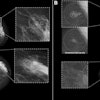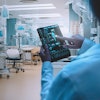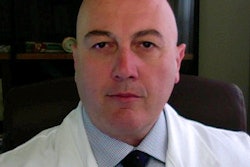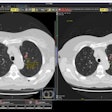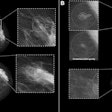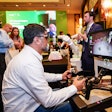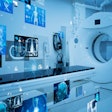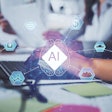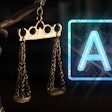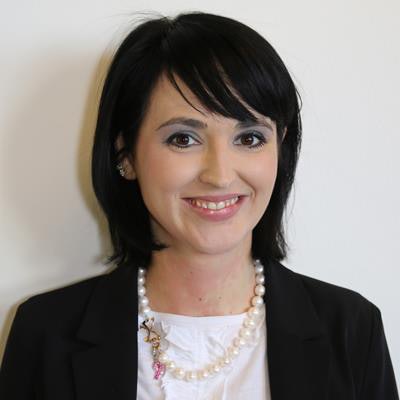
I would like to thank Dr. Emanuele Neri for his comments as I think he provides an excellent summary of the situation regarding radiographer reporting. All our comments are designed to pass on the same message from a different point of view, reflecting the fact we work in different healthcare systems and are in keeping with the slogan of our last ECR: diverse and united.
We all agree how important and central the radiologist is in the diagnostic pathway, and that role cannot be replaced by other figures or another system.
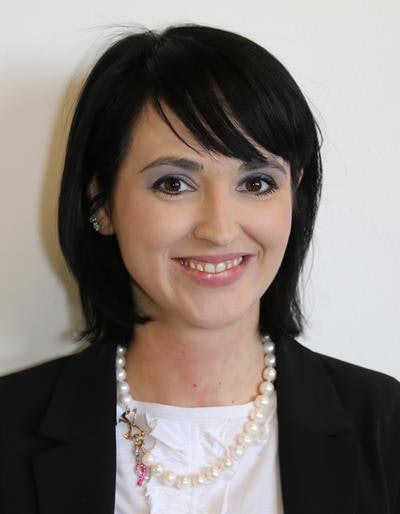 Dr. Elisabetta Giannotti. Photo by Christof. G. Pelz.
Dr. Elisabetta Giannotti. Photo by Christof. G. Pelz.I believe we all agree that the equation "radiographers = radiologists" is not applicable because radiographers cannot replace radiologists. Also, it is not a case of "artificial intelligence (AI) = radiologist" because AI cannot replace radiologists, but possibly in the future we will need to move to the formula "radiologists + radiographers/radiologists + AI." There will be a need to find a healthy balance of radiologists working with radiographers and using AI.
It would be ideal to have the resources to train and employ a larger number of radiologists, but, unfortunately, we live in a world with limited resources, and possibly we will need to find an alternative solution due to a lack of monetary or manpower resources. I do agree the radiologist cannot be substituted by a machine, and also before introducing an AI system, we do need to evaluate all possible sides of the coin, and maybe there are more than two ways of looking at things.
In fact, an important aspect of AI is that some systems work with a "black-box model" where the rationale for the output generated cannot be understood by physicians and engineers so that neither the physicians who use the system nor the engineers who design the software know how the AI system obtains the results. Committing the safety of our patients to a black-box system may be dangerous, especially in the early stages of AI.
If we want or need to introduce AI into our reporting process, the AI must be carefully and critically appraised within a robust and ethical legal framework. We also need to evaluate all the possible consequences of the introduction of the AI system that might require the re-training of readers, being careful not to deskill the future generation of radiologists.
I do agree with Dr. Neri that "we can train anyone or any software to be a good reader, but the doctor always remains a human being. Reporting is not about reading alone; it is a medical act that implies decisions about the patient." And we do need human beings behind the machines because we need rational minds that are able to create and link all the information.
I don't know where the future will take us, but I am confident the future of radiology is bright. Due to the increase in the demand for radiological examinations, the growth of chronic pathologies, and the aging population, then possibly we will need to agree to the introduction of some kind of help, just in a restricted setting. This is what I meant by saying: "Having adequately trained technicians or an artificial intelligence system will help the radiologist to concentrate better on the management of the patient and other difficult tasks."
Dr. Elisabetta Giannotti is a consultant radiologist at Nottingham Breast Institute City Hospital in Nottingham, U.K., and a member of the editorial advisory board of AuntMinnieEurope.com.
The comments and observations expressed herein do not necessarily reflect the opinions of AuntMinnieEurope.com, nor should they be construed as an endorsement or admonishment of any particular vendor, analyst, industry consultant, or consulting group.


